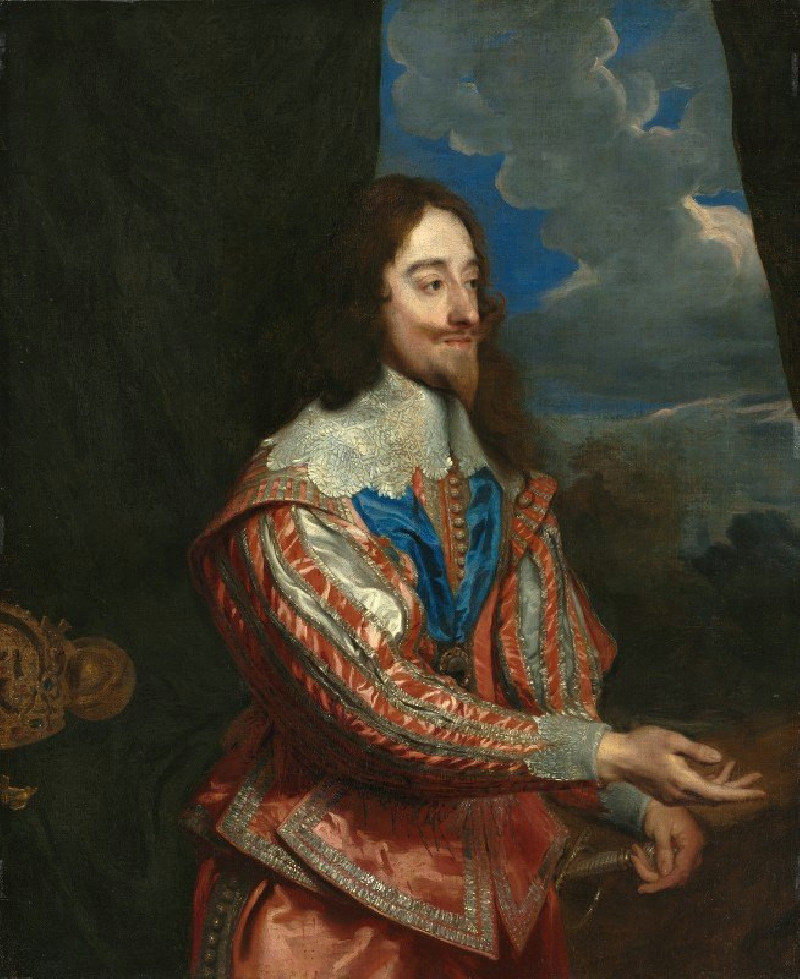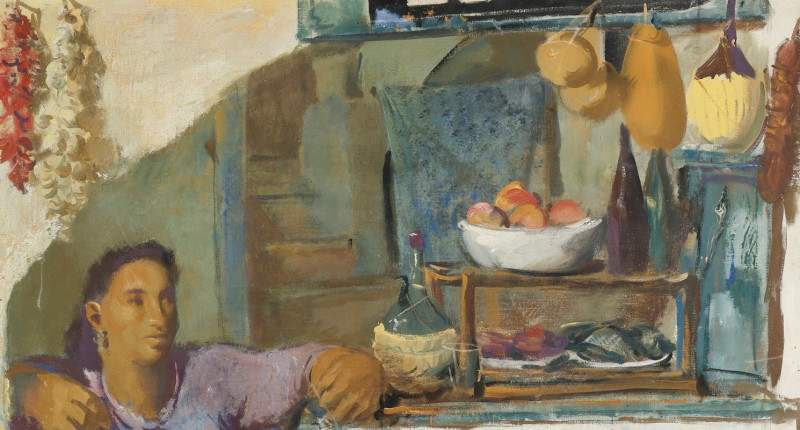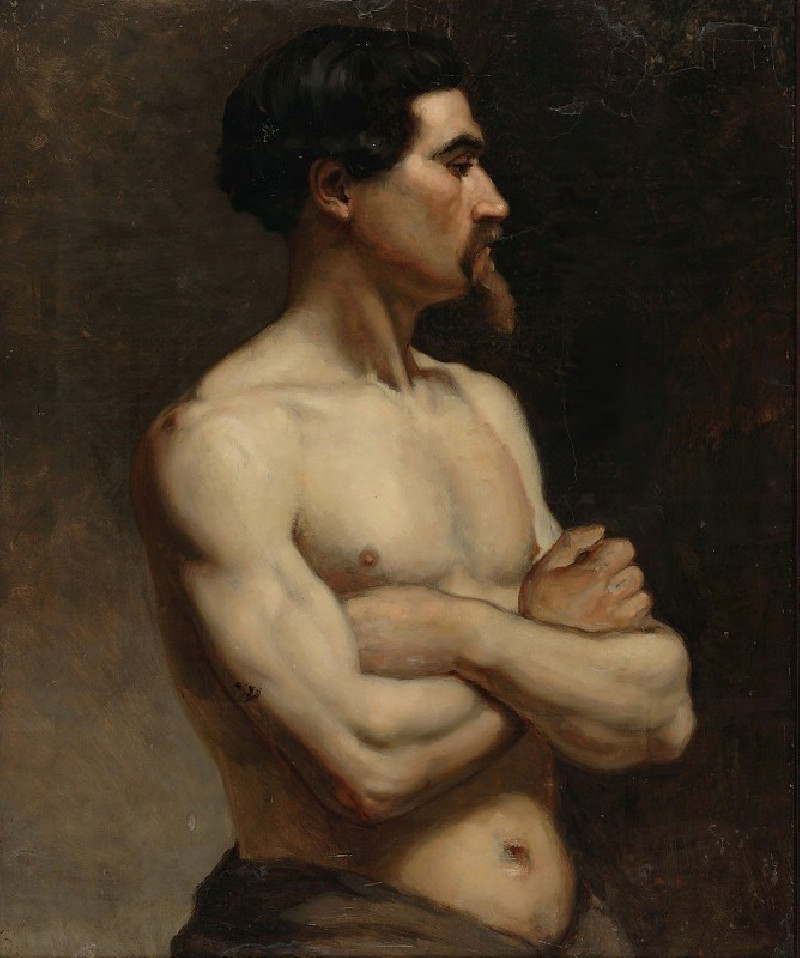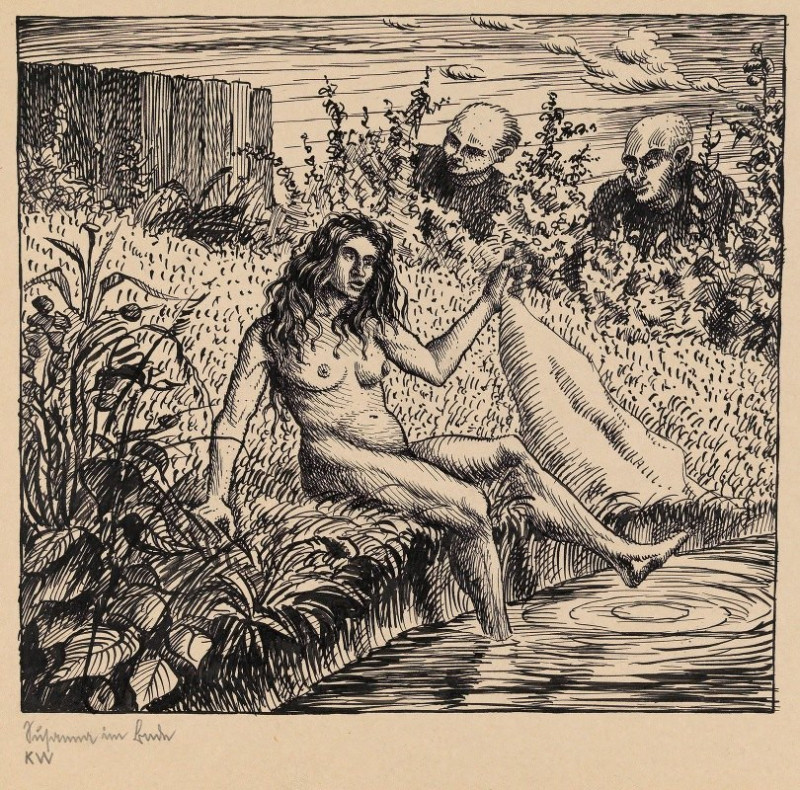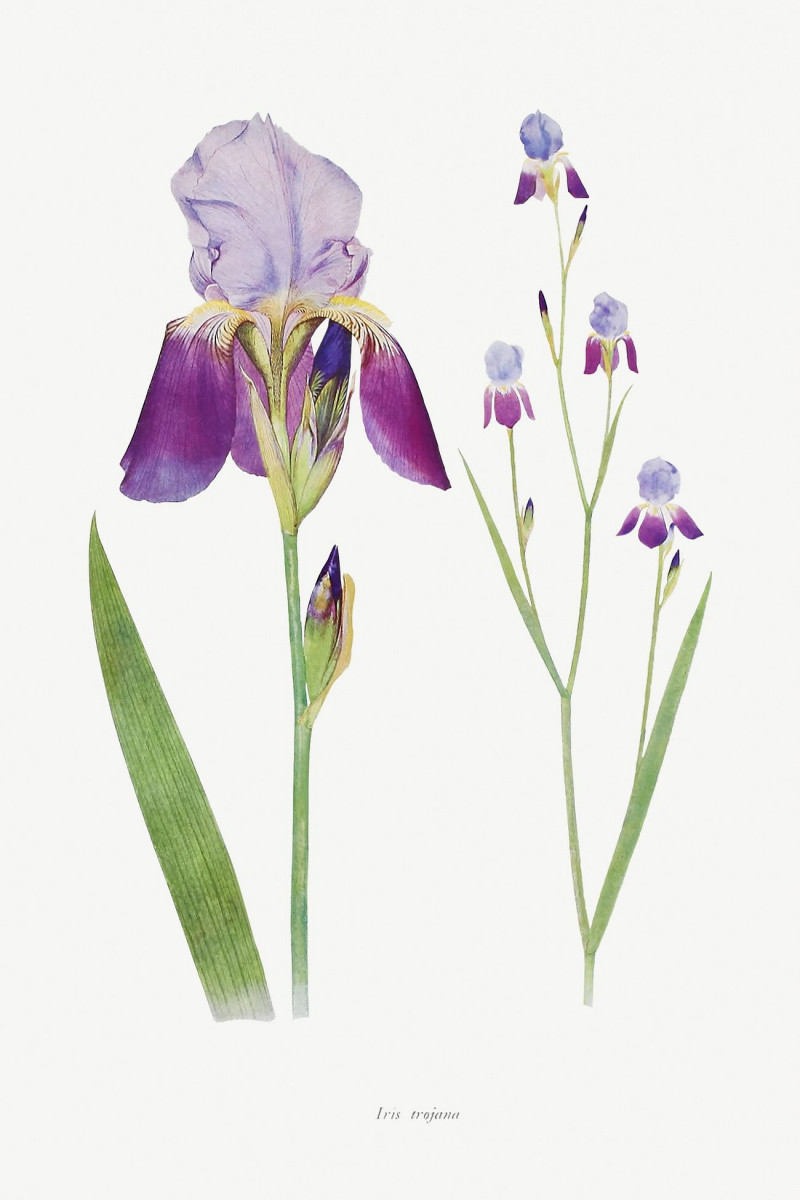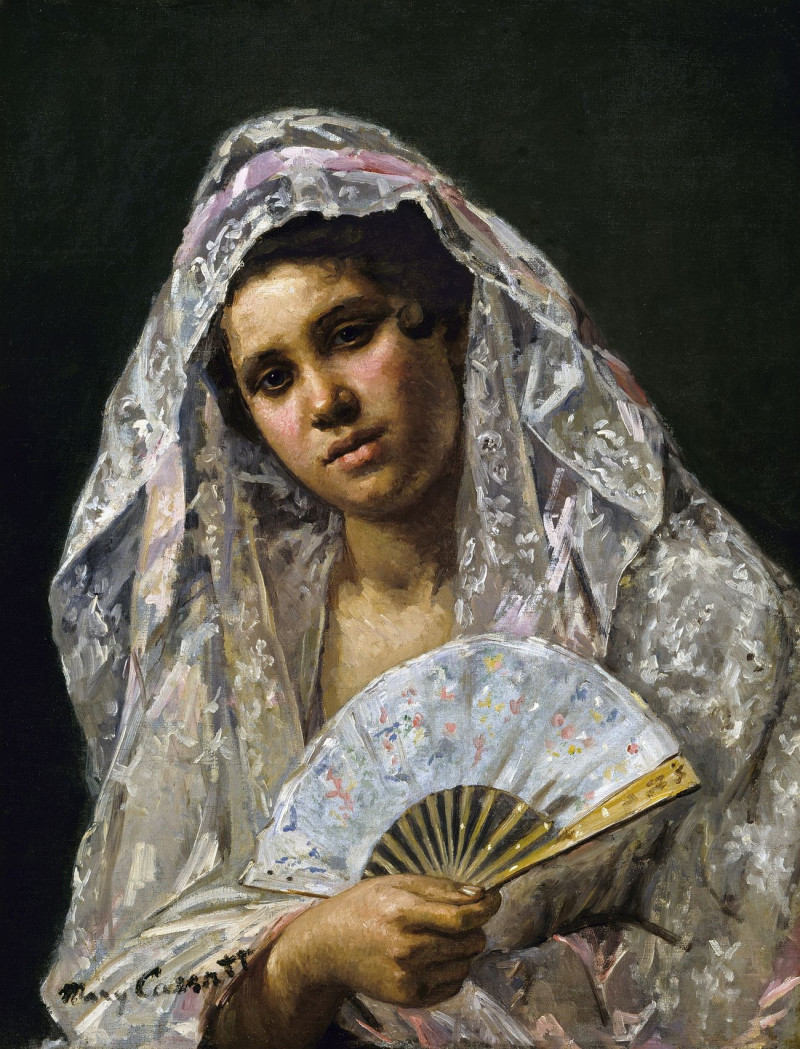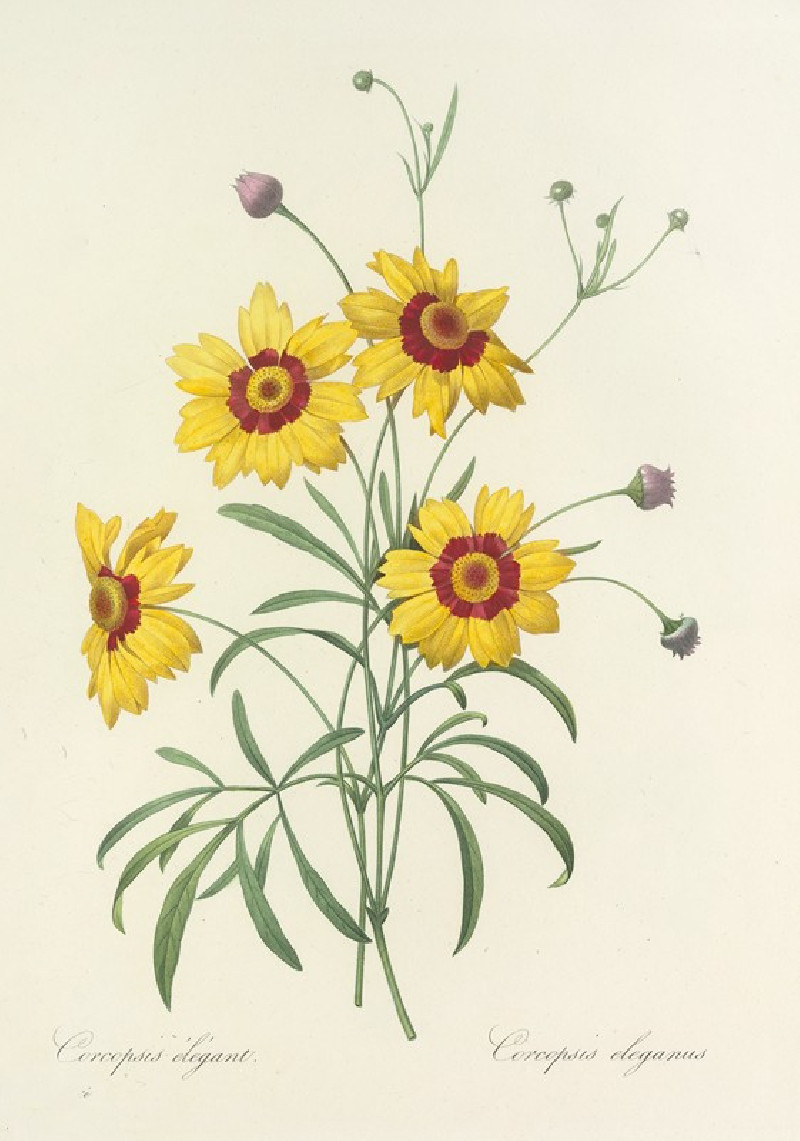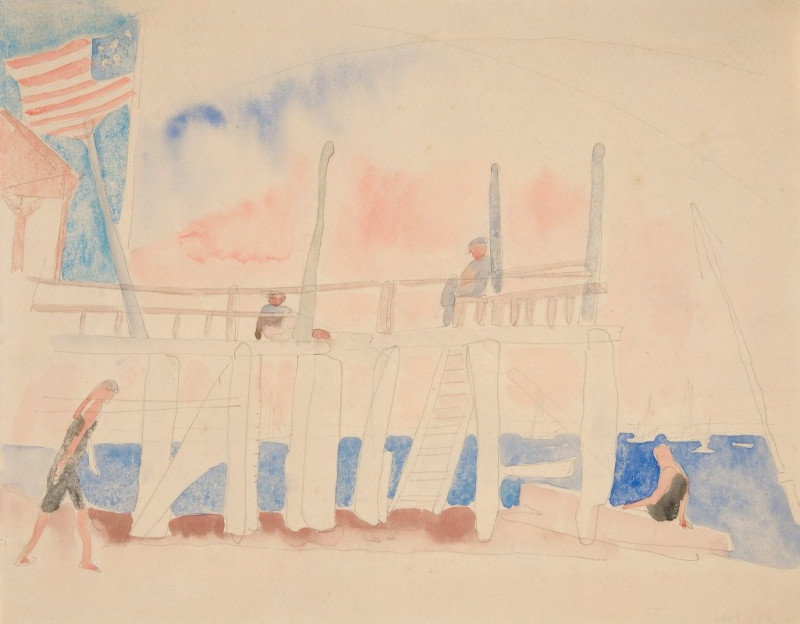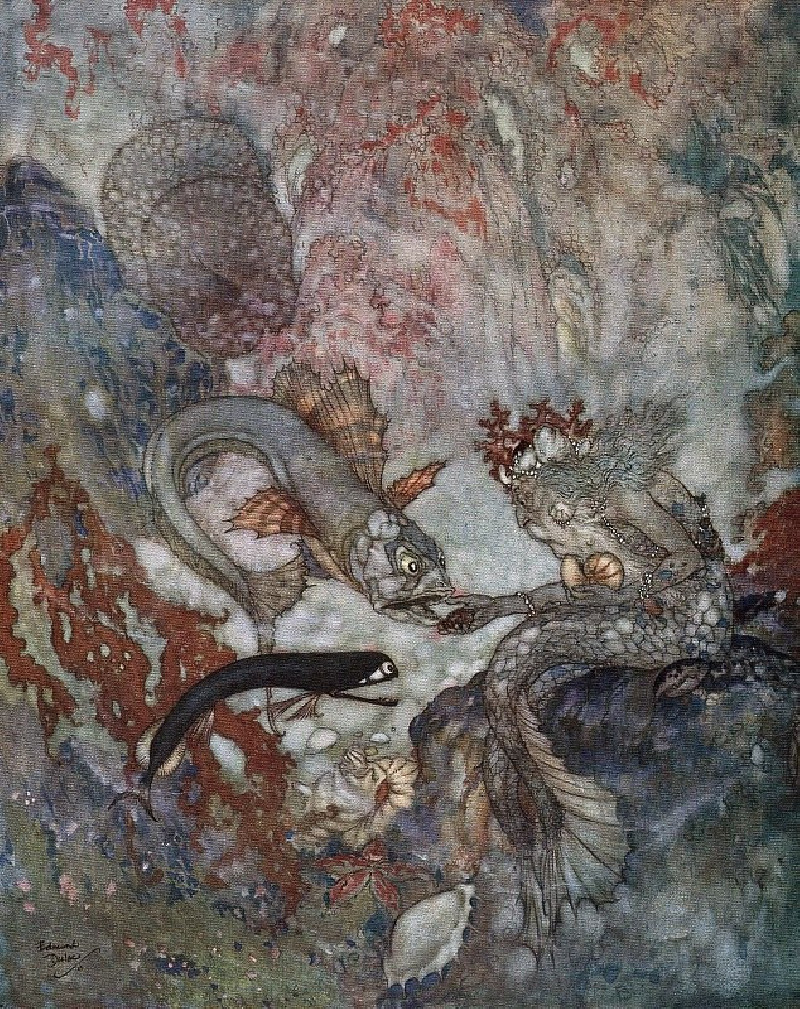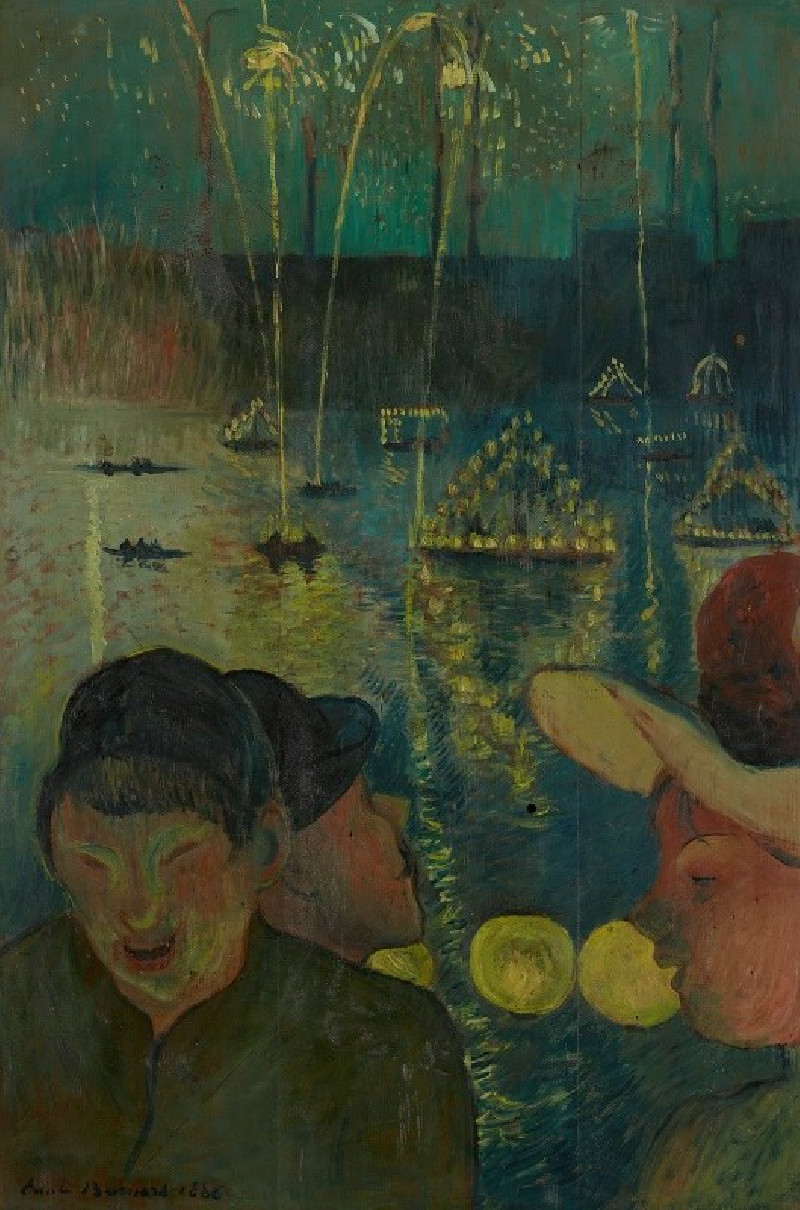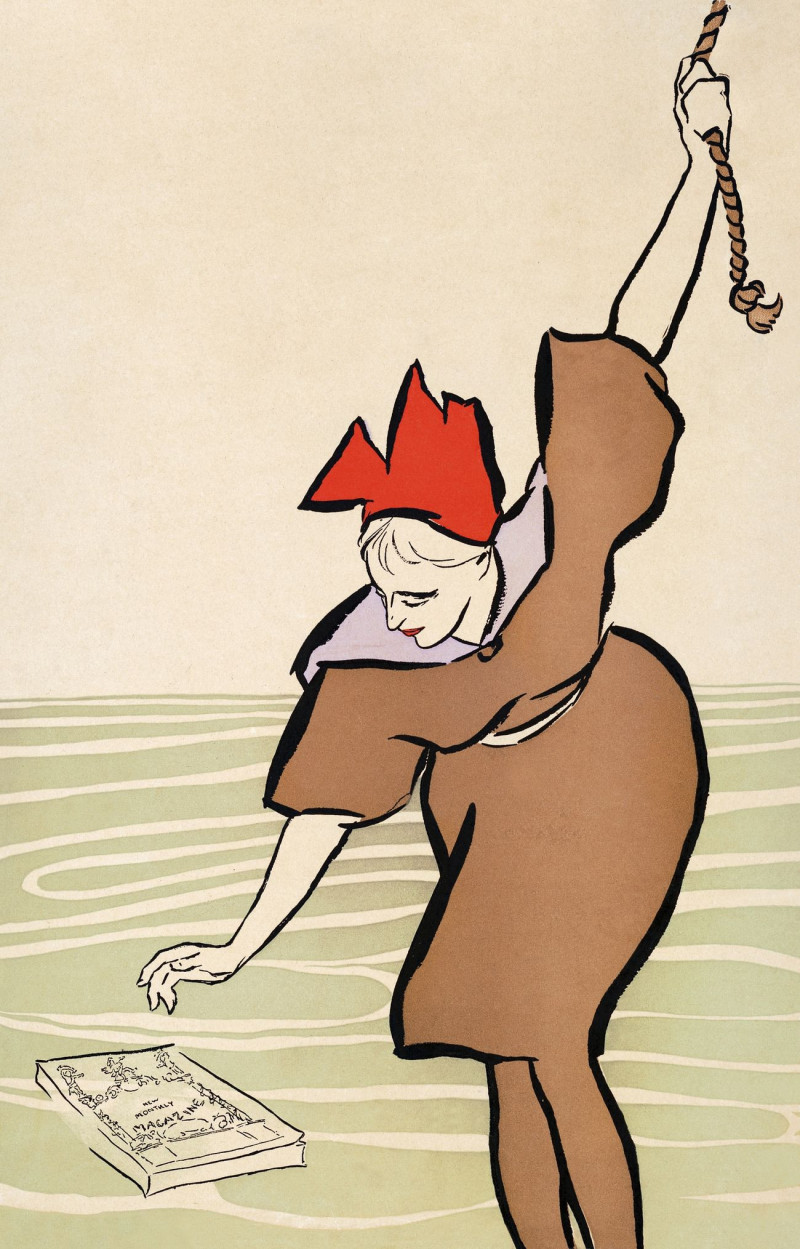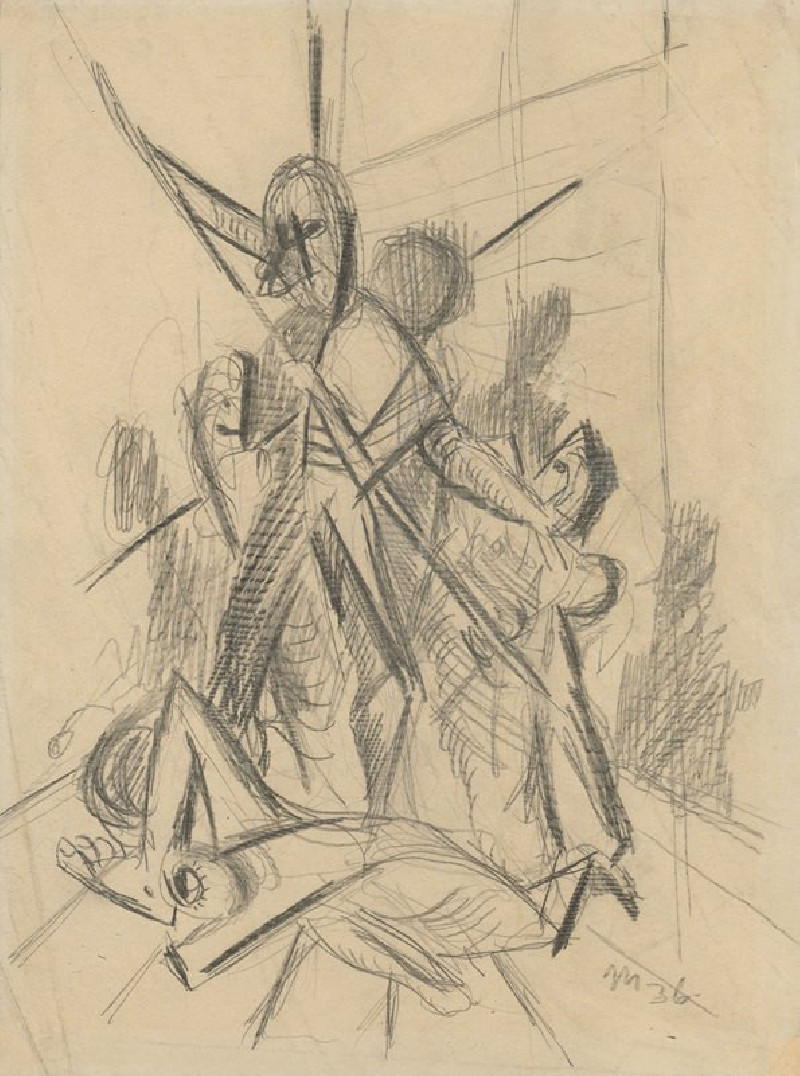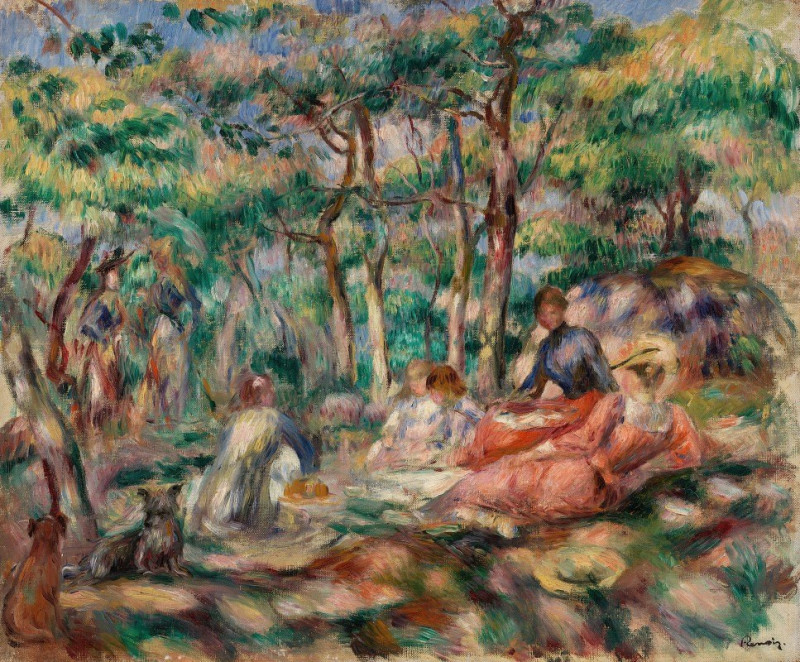Portrait of Charles I (1600-1649) (17th century or later)
Technique: Giclée quality print
Recommended by our customers
More about this artwork
We are delighted to present an exceptional piece from the oeuvre of Anthony van Dyck, titled "Portrait of Charles I (1600-1649)." This painting captures King Charles I of England, Scotland, and Ireland, who reigned during a turbulent period in British history marked by civil war and political upheaval.The artwork is a striking depiction of Charles I, portrayed with an air of regal dignity and introspection. Van Dyck, a leading court painter in the 17th century, was renowned for his ability to infuse his portraits with psychological depth and sophistication. This painting is no exception, as it brilliantly conveys the character and complexities of the king.Charles I is shown in three-quarter view, turning slightly towards the viewer, which invites engagement whilst maintaining a regal distance. His face is depicted with a calm, contemplative expression, highlighted by the subtle detailing of his facial features and the soft, flowing locks of his hair.The king is dressed in elaborate garments that reflect his royal status. The richness of his attire is captured in the vibrant reds and blues of his clothing, adorned with intricate lace and silver embroidery that glimmer against the subdued background. Each fold and texture is rendered with meticulous care, emphasizing Van Dyck's skill in portraying the luxurious materials typical of royal apparel.The landscape visible in the background adds a dramatic touch, with dark, swirling clouds that perhaps foreshadow the coming storm of the civil war that would engulf Charles' reign. This atmospheric element contrasts with the detailed precision of the king’s figure, creating a dynamic composition."Portrait of Charles I" by Anthony van Dyck is more than a royal portrait; it is a profound commentary on power, duty, and the personal isolation inherent in leadership.
Delivery
Returns
Sir Anthony van Dyck (1599 – 1641) was a Flemish Baroque artist who became the leading court painter in England after success in the Spanish Netherlands and Italy.
The seventh child of Frans van Dyck, a wealthy Antwerp silk merchant, Anthony painted from an early age. He was successful as an independent painter in his late teens, and became a master in the Antwerp guild in 1618. By this time he was working in the studio of the leading northern painter of the day, Peter Paul Rubens, who became a major influence on his work.

